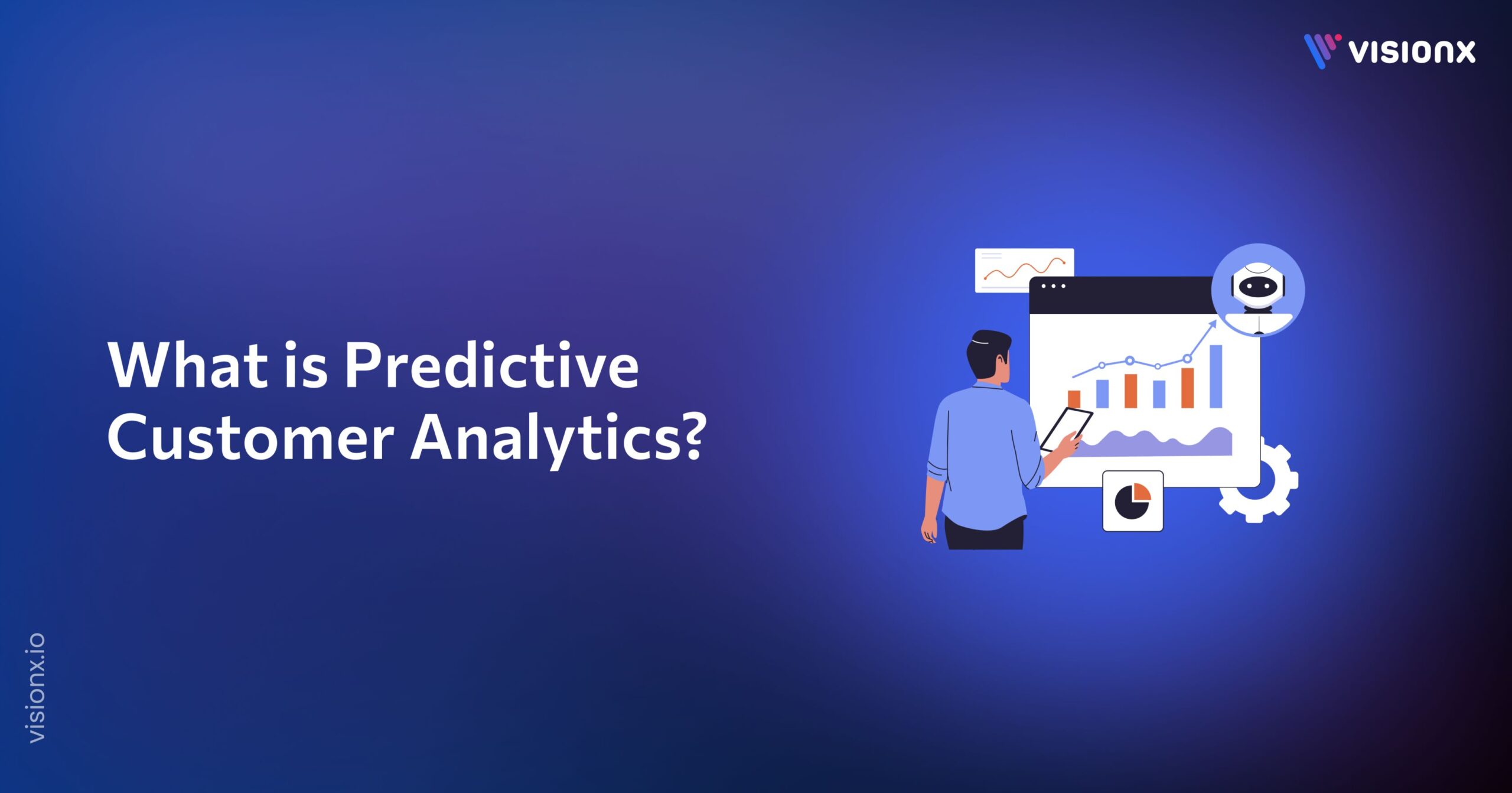The API-first approach in software development treats APIs as first-class citizens of the software engineering process. This approach prioritizes API development before implementing the actual application. It’s particularly effective in today’s digital landscape because it ensures that interfaces for different software applications are well-defined, scalable, and reusable across various parts of a business or community of users.
What is the API-First Approach?
API-first approach involves prioritizing the development of APIs at the beginning of a software project before the core application is built. This method emphasizes the importance of designing robust, comprehensive APIs, setting a solid foundation for the application’s architecture. The advantages of adopting an API-first approach include:
Core Principles of API-First Development
- API as the Contract: APIs serve as the contract between different system parts, defining how components interact.
- Design-First: Before writing any code, the API is designed and documented, often using tools like Swagger or OpenAPI.
- Collaboration and Feedback: Early involvement of all stakeholders, including developers, testers, and business analysts, to gather feedback and make necessary adjustments.
- Reusability and Consistency: Emphasis on creating reusable and consistent APIs to reduce redundancy and enhance maintainability.
Why has API-First Development become so popular?
1. Improved Developer Experience
API-first development significantly improves the developer experience by providing clear and consistent guidelines on interacting with different system components. This clarity reduces ambiguity and accelerates the development process, allowing developers to focus on writing high-quality code.
2. Parallel Development
The real advantage of adopting the API-first approach is parallel development. Developers can define APIs upfront, and other teams can work on different application parts simultaneously. For instance, user interfaces can be developed by front-end developers while the underlying logic is developed by back-end developers—all according to the same API contract
3. Improved Reusability
The API-first approach enables component reuse in several projects. Hence, the implementation of designed APIs is robust and highly reusable. This reduces time and ensures consistency and reliability across applications.
4. Increased Standardization and Security
Standardization is one of the major benefits associated with an API-first approach. Development teams working with predetermined specifications for APIs ensure that all the elements work together perfectly. This would further support security, given that standardized APIs are easy to audit and monitor for vulnerability.
5. Faster Time to Market
With APIs as the blueprint, development cycles become shorter and more efficient. Teams can rapidly build, test, and deploy apps, cutting the time to market down by huge chunks. With ever-increasing competition, businesses need to be agile and rapidly adapt to the changing dynamics of the market.
6. Better Integration and Scalability
APIs are the glue that holds different system components together. businesses in API development can easily integrate their systems with other third-party service providers for more functionality. With well-drafted APIs, scalability can be achieved without much reworking in applications.
Practical Uses of the API-First Approach
Microservices Architecture
The API-first approach is well-suited for microservices architecture, where applications comprise small, independent services communicating via APIs. It makes changes to single components much less disturbing to the whole system and maximizes better scalability, maintainability, and resilience possibilities.
Mobile and Web Applications
APIs allow communication between a client and a server in the mobile and web applications. Designing the APIs first will help the developers develop a consistent interface across other platforms, whether in a mobile app, web app, or desktop application.
Internet of Things (IoT)
The IoT ecosystem relies heavily on APIs to connect and interact with various devices. An API-first approach will ensure that such interactions are well-defined and secure, enabling smooth data exchange from devices to applications and cloud services.
Software as a Service (SaaS)
APIs are essential for SaaS applications to integrate with other services and extend their use cases further. An API-first approach enables SaaS providers to ensure their APIs are powerful and flexible, allowing the customization and extension of application capabilities to best suit their needs.
Data-Driven Applications
APIs have become a basic part of data-driven applications, offering data retrieval, processing, and analysis from many sources. An API-first approach efficiently enables data interaction and enables an application’s scalability, helping it work with huge amounts of data.
Implementing the API-First Approach
Step 1: Define API Requirements
Collect requirements from all parties involved, starting with business analysts, developers, and end users. Recognize the features the API must offer and the limitations that must be considered.
Step 2: Design the API
Use tools like Swagger, OpenAPI, or Postman to design the API. These tools allow you to create detailed API specifications, including endpoints, request/response formats, and authentication methods. Share these specifications with your team for feedback and validation.
Step 3: Mock the API
Make mock APIs that mimic the behavior of the real APIs before working on the actual application. As a result, development can begin simultaneously for the front-end and back-end teams, enabling them to test their components against the mock API.
Step 4: Develop the API
Start the development process as soon as the design is complete. Ensure thorough testing to confirm the API’s functionality and performance and well-documented documentation.
Step 5: Integrate and Iterate
Integrate the API with other system components as development moves forward. Continuously test and improve the API in response to user feedback and evolving requirements. Keep complete documentation current to guarantee that future developers will easily understand and utilize the API.
Disadvantages of the API-First Approach
There are several benefits to the API-first approach, but at the same time, it poses a series of challenges.
Initial Investment
Designing and documenting APIs upfront requires a hefty initial investment of time and resources. However, it will pay off in the long run through reduced development time and increased maintainability.
Team Coordination
Effective communication and collaboration are essential for the success of the API-first approach. Teams must work closely to ensure that the API meets the needs of all stakeholders and that any issues are promptly addressed.
Continuous Maintenance
APIs need constant support and updates to remain safe and functional. The very nature of this constant ongoing maintenance adds to the cost of providing such support and following best practices.
Conclusion
The software development industry is changing, as seen in the API-first approach. Businesses can increase their applications’ efficiency, scalability, and flexibility by giving APIs top priority from the beginning. The API-first methodology offers a strong basis for success whether creating an IoT solution, a mobile application, or a microservices architecture.
Adopting this methodology guarantees that your applications are prepared to meet the demands of today’s ever-changing digital landscape while improving the developer experience. The software industry is on the verge of adopting API-first development as standard practice as more companies realize its benefits.


